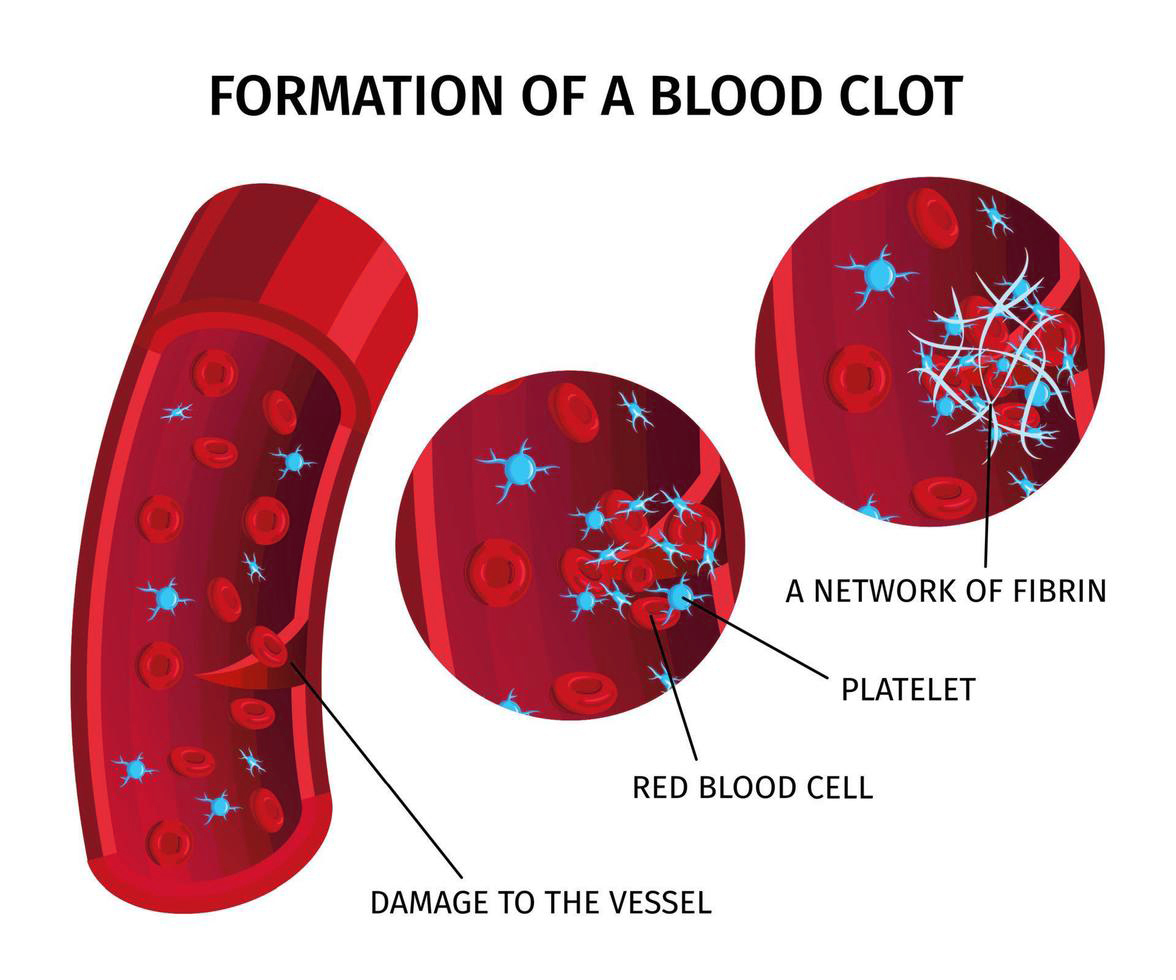

When damage or disease affects your blood vessels, seek expert diagnosis and vein treatments from the best vein specialist. You can find the most experienced, caring vein doctors at the Vein Care Center, with convenient hours and locations in NYC, contact the vein specialists in the Financial District, Greenwich Village, Midtown Manhattan, Upper East Side. In New Jersey, call the nearest location in Riverdale, Englewood Cliffs, Paramus, Cranford or East Brunswick.
Veins are highways, avenues and surface streets of the circulatory system. Any injury or disease affecting their function can lead to devastating medical consequences. Veins serve the whole by returning blood from the organs and tissues to the heart and lungs for re-oxygenation. Blood in the veins contains carbon dioxide to be exhaled out of your body.
Without a healthy blood flow in your veins, your body systems clog with toxic blood full of carbon dioxide. Unlike arteries, which benefit from gravity to aid delivery of oxygenated blood, veins contain valves to help the unidirectional flow of blood. Abnormal vein conditions affect the circulation of your blood, leading to potentially life-threatening conditions.
The critical function of veins means any vein condition requires immediate diagnosis and treatment. At the Vein Clinic in New York City and New Jersey, the doctors — led by Dr. Jonathan Arad — offer specialized vein treatments after a personalized vein consultation and a diagnosis.

A common and dangerous condition, a blood clot forms when blood in a vein changes from a liquid to a semi-solid or gel-like state. The clot can dislodge from the blood and flow through the veins, causing more problems along the circulatory system. Types of life-threatening blood clots include:
At the Vein Care Center, Dr. Arad and his team of vascular specialists use the latest diagnostic equipment to identify your vein problem correctly. The diagnosis forms the basis of personalized vein treatment.
Venous diseases cause serious problems in veins. These diseases affect millions of people. The condition can damage the valves in your veins, leading to the backflow of blood. The most common venous diseases include:
You need a correct diagnosis, and your doctor must find the underlying cause of the venous problem to create the proper treatment. The vein specialists at the Vein Care Center rely on an integrative approach that supports your healing, recovery and prevention of further problems.
"I opted for vein care center to remove my spider veins because of their knowledge and understanding of the complexity of the veins and it was the best decision I ever made. I just cannot be thankful enough.
Dean J.Warning signs that you need to visit an experienced vein doctor for a thorough vein consultation include symptoms such as:
Every vein condition carries specific symptoms. Your lifestyle factors into the development of your treatment plan. Whether you are an athlete or aging senior, the best treatment is one designed to suit your needs.
Treatment for vein conditions depends on the diagnosis, the extent of your vein damage, your age and any pre-existing conditions, such as heart disease. Contact the vein specialists at Vein Care Center for an individualized treatment plan that may include:
Read More:
What Causes Dark Spots on Your Legs and How Treat Them?